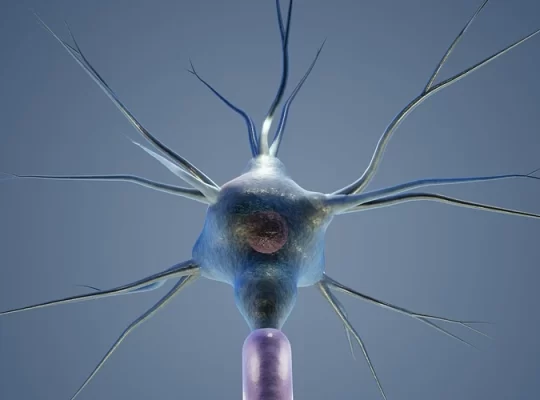There are millions of individuals all over the world who are affected by chronic pain, which is a severe public health concern. Pain that has lasted for more than three months is considered to be chronic pain. Several different disorders, such as arthritis, cancer, back pain, and spinal cord injury, can bring on this type of pain.
It may be challenging for a person to work, sleep, and enjoy activities of daily living while they are experiencing chronic pain, which can have a substantial impact on the quality of life of the individual. Social isolation, despair, and anxiety are additional potential outcomes of this condition.
Medications such as opioids, nonsteroidal anti-inflammatory medicines (NSAIDs), and antidepressants are examples of conventional therapies that are utilized for chronic pain. Nevertheless, these drugs may have adverse effects, including addiction, dependency, and gastrointestinal issues, among other potential consequences.
As time has progressed, there has been an increasing amount of interest in the utilization of cannabis as a therapy for persistent pain. Cannabinoids are among the hundreds of distinct chemical compounds that are found in cannabis, which is a plant.
Endocannabinoid System (ECS)
There is a connection between cannabinoids and the endocannabinoid system (ECS), a biological system consisting of endogenous lipid-based retrograde neurotransmitters called endocannabinoids that attach to cannabinoid receptors, as well as cannabinoid receptor proteins that are expressed in both the peripheral and central nervous systems of vertebrates, including the brain.
Elements that make up the ECS
These are the three primary components that make up the ECS:
Endocannabinoids are molecules that are created spontaneously by the body. Endocannabinoids: Endocannabinoids are molecules. Anandamide (AEA) and 2-arachidonoylglycerol (2-AG) are the two endocannabinoids that have received the most attention in recent years.
Cannabinoid receptors are proteins located on the surface of cells throughout the body. They are responsible for recognizing and responding to cannabinoids. Regarding cannabinoid receptors, there are two primary categories: CB1 and CB2. Compared to CB2 receptors, located mainly in the immune and peripheral nervous systems, CB1 receptors are primarily found in the brain and the central nervous system.
The production of endocannabinoids and their subsequent breakdown are processes carried out by enzymes.
Effective Treatment
There is an increasing body of data suggesting that cannabis may serve as an effective treatment for chronic pain. According to the findings of a literature study conducted in the year 2020, cannabis was shown to be beneficial in alleviating pain in individuals suffering from a wide range of chronic pain problems, such as neuropathic pain, back pain, and arthritis.
For the treatment of chronic pain, cannabis can be utilized in several different ways. You can inhale it by smoking, vaporization, ingestion, or applying it topically. The person’s requirements and preferences will determine which mode of distribution is the most suitable.
The fact that cannabis is not a treatment for persistent pain is an essential point to keep in mind. But for a significant number of people, it has the potential to be a beneficial therapy choice. Before beginning therapy for chronic pain, it is essential to have a conversation with your physician about the possible dangers and advantages of utilizing cannabis for alleviating the condition.
Concerning the Risks and Adverse Reactions
Consuming cannabis in moderation is usually considered to be harmless for the majority of individuals. Nevertheless, it can potentially bring about several adverse effects, including dry mouth, red eyes, dizziness, and reduced coordination. It is also possible for cannabis to produce psychosis, paranoia, and anxiety in sporadic instances.
Before beginning to use cannabis, it is essential to consult with your physician, particularly if you are already taking any prescriptions or have any preexisting medical issues.
Final Thoughts
An exciting new therapy option for chronic pain is cannabis, which shows great promise. Before beginning therapy for chronic pain, it is essential to have a conversation with your physician about the possible dangers and advantages of utilizing cannabis for alleviating the condition.






